Best Steppable Plants: Learn About Plants That Can Be Walked On
Don't worry about walking on these ground cover plants! Here are 5 tough steppable plants that don't mind if you tread on them.
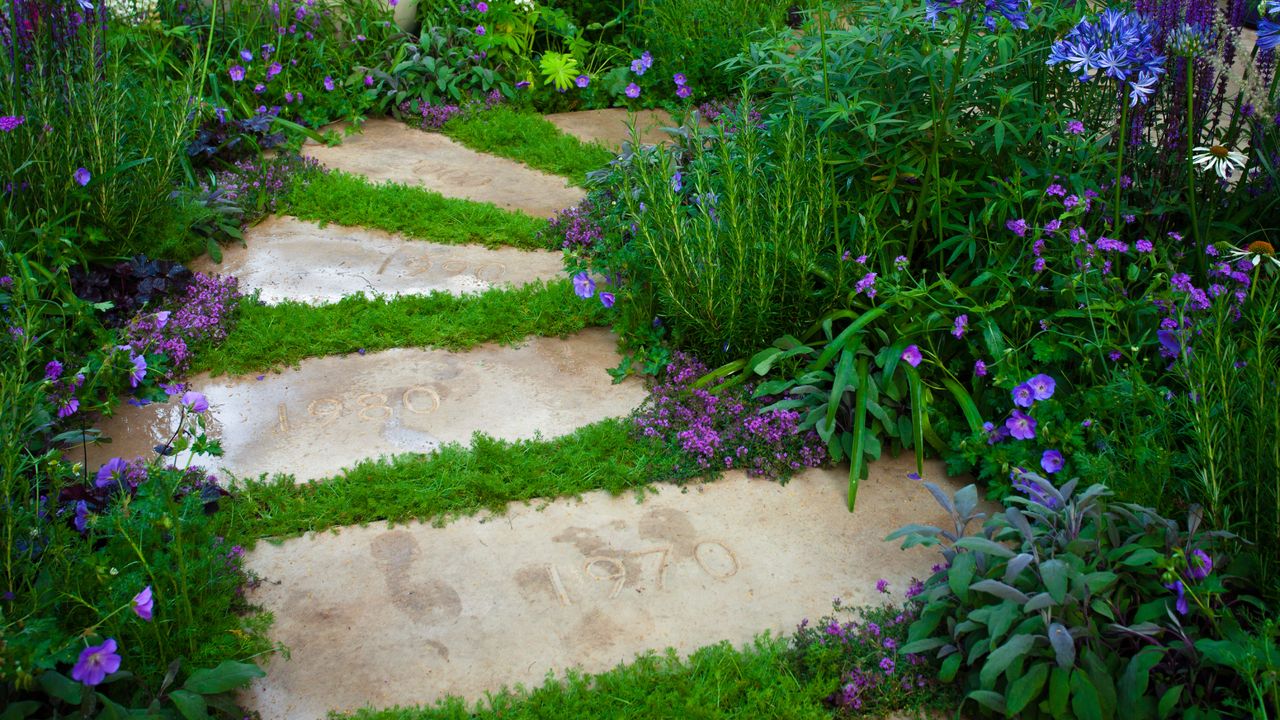

What are walkable plants? They’re exactly what you think – plants that can safely be walked on. Walkable plants are often used as lawn replacements because they are tough, drought-tolerant, and require very little maintenance. Keep in mind, however, that these plants to step on may not be as durable as traditional lawn, and many won’t hold up to heavy foot traffic.
Using Steppable Plants in Gardens
Some types of walkable plants are deciduous and die down in the winter, but many evergreen varieties are attractive year-round. Walkable plants work well along a pathway or bordering a flower bed and many work well in stubborn spots where grass won’t take hold, such as a dry spot under a tree or shrub. Most of the best steppable plants require absolutely no care once the plants are established, while others may need a trim once or twice a year. Keep in mind that many low-growing walkable plants can also be invasive.
Plants That Can Be Walked On
While there are a number of plants that can be walked on, below are some of the best steppable plants:
- Woolly thyme: Woolly thyme (Thymus pseudolanuginosus) is a type of ornamental thyme with fuzzy leaves and stems. This plant, which grows in USDA plant hardiness zones 5 through 8, withstands considerable foot traffic. One warning: wooly thyme sports tiny pink blooms that attracts bees. This may be a consideration if you have children, or if you enjoy barefoot strolls through the garden.
- Creeping wire vine: Creeping wire vine (Muehlenbeckia) is one of the best steppable plants for zones 6 through 9. Creeping wire vine displays glossy green leaves. Although the tiny white flowers are insignificant, they are replaced in late summer with small white fruit.
- Blue star creeper: Blue star creeper (Isotoma fluviatus) is a hardy, steppable plant that tolerates climates as far north as zone 5. This evergreen plant displays tiny blue flowers that last all summer. Blue star creeper isn’t the perfect solution for every situation because this rambunctious plant can be invasive.
- Veronica: Veronica (Speedwell) “Waterperry blue,” suitable for zones 4 through 9, is a steppable plant with deep green leaves that take on copper and burgundy highlights when the temperature drops. The springtime blooms are bluish lavender with white centers.
- Corsican Mint: Corsican mint (Mentha requienii), suitable for zones 6 through 9, is an aromatic, evergreen, steppable plant with tiny lilac blooms that show up in summer. Corsican mint can be slightly invasive, but as a general rule, it tends to be better behaved than most of its mint-family cousins.
Gardening tips, videos, info and more delivered right to your inbox!
Sign up for the Gardening Know How newsletter today and receive a free copy of our e-book "How to Grow Delicious Tomatoes".

A Credentialed Garden Writer, Mary H. Dyer was with Gardening Know How in the very beginning, publishing articles as early as 2007.
-
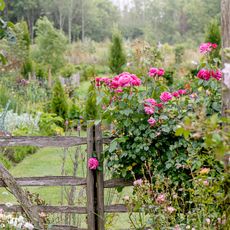 New Ways To Use Classic Garden Plants – For A Modern Landscape With A Touch Of Nostalgia
New Ways To Use Classic Garden Plants – For A Modern Landscape With A Touch Of NostalgiaThe 'Nostalgia Gardening' trend uses classic garden plants in new ways to add interest to your landscape and harken back to gardens of the past. Old is new again!
By Mary Ellen Ellis
-
 New England April Garden Checklist: What Flowers, Shrubs, Veggies & Herbs To Plant Now
New England April Garden Checklist: What Flowers, Shrubs, Veggies & Herbs To Plant NowLearn what crops and ornamentals to plant in April for a thriving garden in Connecticut, Maine, Massachusetts, New Hampshire, Rhode Island, or Vermont.
By Ellen Wells
-
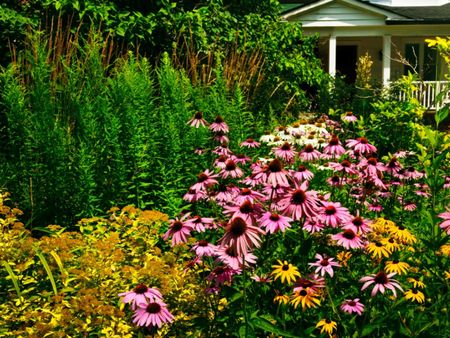 Why You Should Ditch The Grass And Grow A Prairie Lawn
Why You Should Ditch The Grass And Grow A Prairie LawnLearn why a prairie yard with native grasses is far more earth-friendly than a standard tuf-grass lawn.
By Mary Ellen Ellis
-
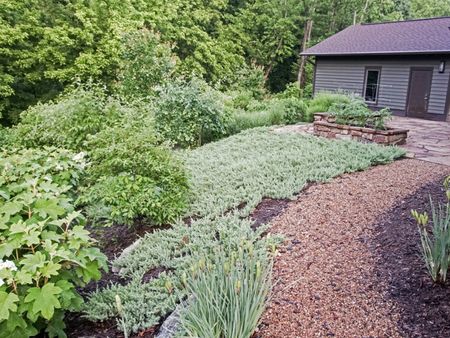 Grass Alternatives For Shade: Lawn Substitutes For Shade Yards
Grass Alternatives For Shade: Lawn Substitutes For Shade YardsMany people know the struggle of trying to grow grass in a shady yard. If you're one of these people, consider a shady lawn alternative.
By Mary Ellen Ellis
-
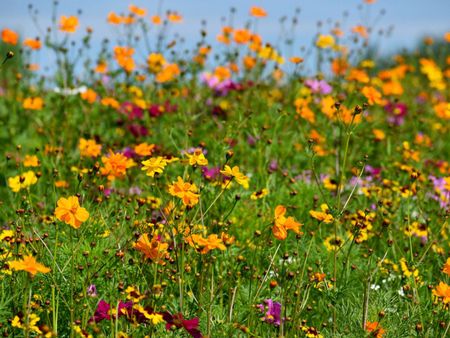 Wildlife Garden Turf: Creating Mini Meadows For Wildlife
Wildlife Garden Turf: Creating Mini Meadows For WildlifeThe appeal of a perfect, green lawn is strong, but more people are turning to wildlife-friendly alternatives. A wildflower meadow lawn is one option.
By Mary Ellen Ellis
-
 What Is Naturescaping – Tips For Planting A Native Lawn
What Is Naturescaping – Tips For Planting A Native LawnGrowing native plants instead of lawns can be better for the local environment and, ultimately, requires less maintenance, but it does require a big initial effort. A lot of work goes into removing existing turf and naturescaping an entirely new landscape. Learn more here.
By Mary Ellen Ellis
-
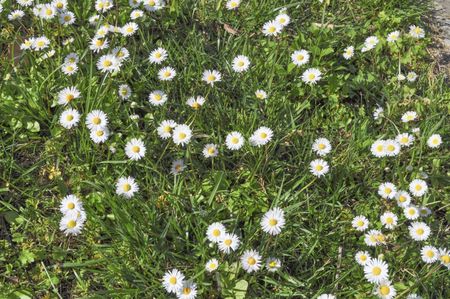 Wildflower Lawns: Tips On Growing Flowering Lawns
Wildflower Lawns: Tips On Growing Flowering LawnsMany people are looking for lawn alternatives to reduce watering, fertilizing, and mowing. Wildflower lawns are one option. This article has more information.
By Teo Spengler
-
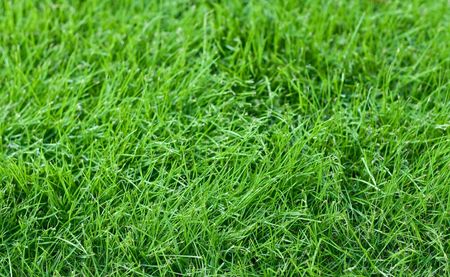 What Is A No-Mow Lawn: Tips For Creating A No-Mow Lawn
What Is A No-Mow Lawn: Tips For Creating A No-Mow LawnOne of the chores that the homeowner must do is mow the lawn. This tedious task helps form a healthy and beautiful turf but is time consuming. A perfect solution is a no mow lawn. What is a no mow lawn? Find out in this article.
By Bonnie L. Grant
-
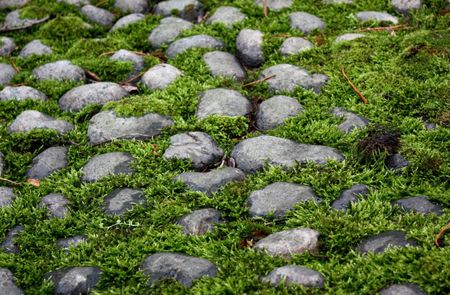 Alternatives To Grass: Learn About Lawn Alternatives In Cold Climates
Alternatives To Grass: Learn About Lawn Alternatives In Cold ClimatesGround covers and other lawn alternatives in cold climates are easier to care for and more environmentally friendly than traditional lawns. Read on to find out about cold area grass alternatives that are easy on your budget and your time.
By Jackie Carroll
-
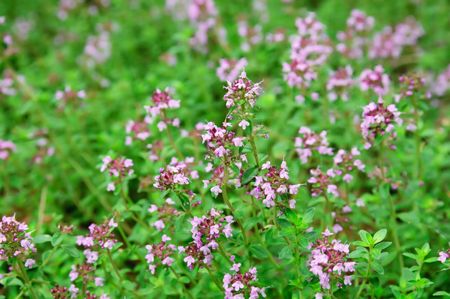 Lawn Alternative Plants For The South: Alternative Lawn Ideas In Warm Climates
Lawn Alternative Plants For The South: Alternative Lawn Ideas In Warm ClimatesAre you tired of all the work that goes into maintaining a nice lawn? And what about those hot climates? No one enjoys having to manage lawns when it's hot and sticky. Check out some of the warm area grass alternatives in this article.
By Jackie Carroll